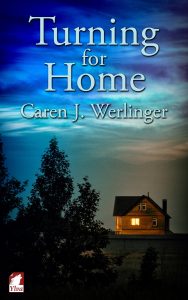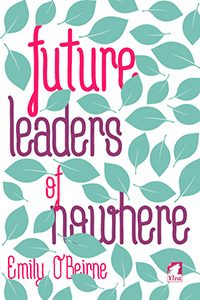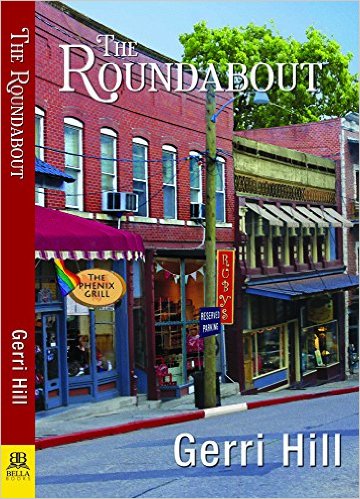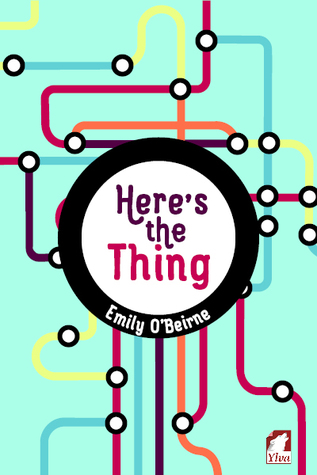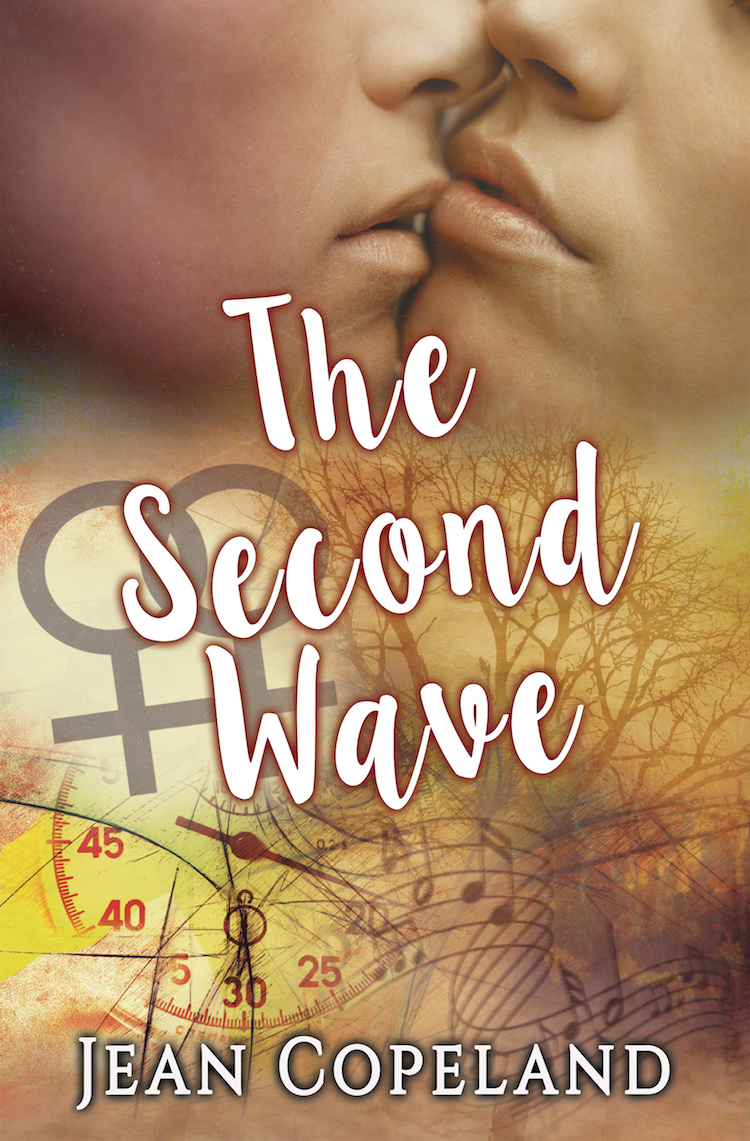 Werebear Zelda is lusting after hunky werewolf Jake–while simultaneously nursing a longstanding crush on her gorgeous coworker Janine. (Yes, werebear–as in, Zelda turns into a bear once a month.) And on top of everything, she’s been tasked by her boss with guarding Benedict, an insufferable member of the Fae. All of which combined leads to quite the whirlwind few days for Zelda.
Werebear Zelda is lusting after hunky werewolf Jake–while simultaneously nursing a longstanding crush on her gorgeous coworker Janine. (Yes, werebear–as in, Zelda turns into a bear once a month.) And on top of everything, she’s been tasked by her boss with guarding Benedict, an insufferable member of the Fae. All of which combined leads to quite the whirlwind few days for Zelda.
Bearly a Lady is a cute, breezy novella, with chatty first-person narration and a refreshing way of portraying the supernatural–the author describes it as a “paranormal rom-com,” which certainly rings true. Zelda is an enjoyable character–her running commentary is endearing. And the supernatural chick lit angle is a lot of fun: the novella isn’t overly dramatic or self-important about the Fae in a way that feels welcome, and lets the cheerful romance go hand in hand with this casual conception of the paranormal. Plus I just love the idea of there being all kinds of were-animals running around.
As a novella, it’s quick read – I definitely felt like I would enjoy reading more of this story, and in fact there were moments where things felt a little convoluted and lacking in detail or connections, likely because of the novella format. I would have loved to see things a little more fleshed out – more details about the Fae and descriptions of the characters (especially Benedict, who is a bit of a flat antagonist), some more of Zelda’s backstory with both Jake and Janine than the little that is alluded to…
Bearly a Lady is a fun, lively supernatural romance–the little snags in the story are outweighed by the enjoyable world that Khaw has built, and the feel-good romantic ending (spoiler alert: she gets the girl!). Give it a try–supernatural chick lit is the genre you didn’t even know you needed.



